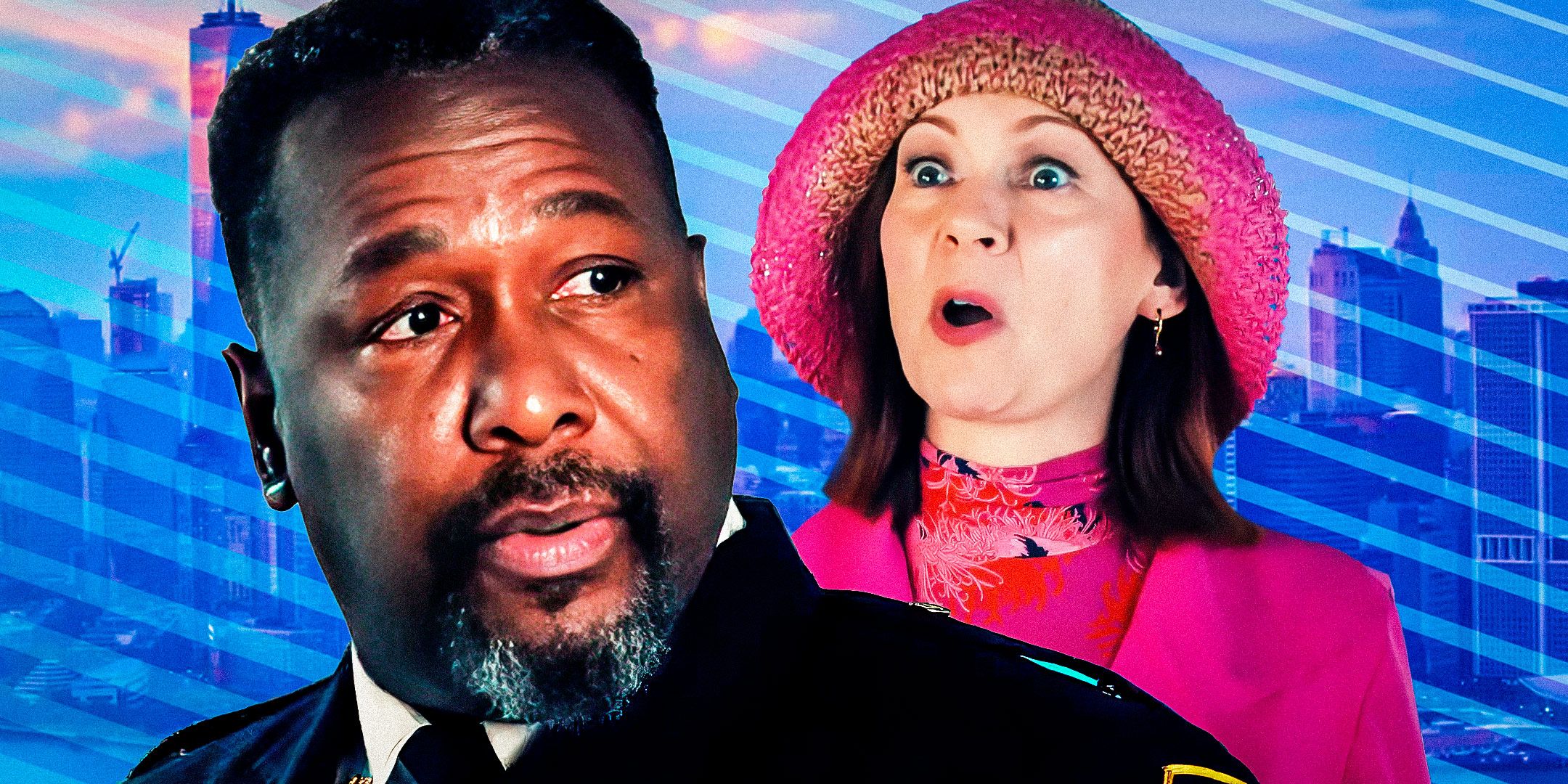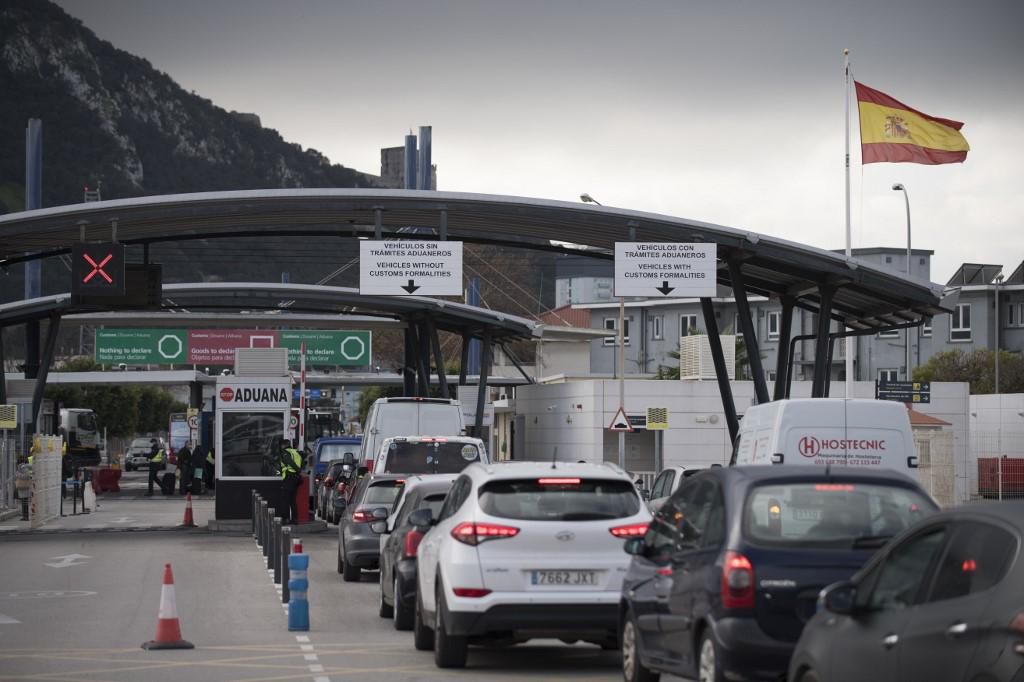Exploring Dan Brown's The Da Vinci Code: A Literary Analysis

Table of Contents
The Allure of Historical Fiction and Religious Conspiracy in The Da Vinci Code
Dan Brown masterfully weaves historical fiction with a gripping religious conspiracy, creating a narrative that feels both plausible and utterly fantastical. The novel's credibility is enhanced by its use of real-world locations, seamlessly integrating fictional elements into recognizable settings. This approach draws the reader in, blurring the lines between fact and fiction and creating a heightened sense of suspense.
- Real-world locations: The Louvre Museum, Rosslyn Chapel, and Westminster Abbey are not merely backdrops; they become integral parts of the narrative, adding layers of authenticity and intrigue. The descriptions of these locations, accurate in many details, serve to ground the fantastical elements of the plot. The use of such locations enhances the feeling of authenticity and allows readers to visualize the scenes easily.
- The Priory of Sion: The fictional Priory of Sion, with its alleged connection to the Holy Grail and the protection of a centuries-old secret, forms the core of the religious conspiracy. Brown's depiction of this organization, while fictional, taps into existing historical mysteries and popular beliefs, adding to the story’s allure and suspense. The intrigue surrounding this secret society is central to driving the plot forward.
- Impact on reader engagement: The combination of historical accuracy and the thrilling conspiracy theory keeps readers hooked, constantly questioning the line between truth and fiction. This constant engagement fosters suspense and encourages deeper engagement with the narrative's overarching mysteries. The mystery behind the Holy Grail, the Da Vinci Code itself, and the role of the Priory of Sion keeps the reader guessing until the very end.
Symbolism and Hidden Meanings in Dan Brown's Narrative
Symbolism plays a crucial role in The Da Vinci Code, adding layers of meaning and enriching the thematic depth. Brown utilizes various symbols, often drawing from religious iconography and art history, imbuing them with multiple interpretations. This ambiguity allows for diverse readings and encourages readers to engage in their own interpretations.
- Key symbols: The Holy Grail, frequently interpreted as a literal cup or chalice, is reimagined in the novel as a symbol of the female divine and the continuation of the bloodline of Jesus. The rose, a symbol of secrecy and the feminine, is featured prominently throughout the novel. The Da Vinci Code itself, a hidden message based on art and symbolism, is a meta-symbol of the novel’s central theme.
- Interpretation and plot connection: The symbols are not merely decorative; they drive the plot forward, offering clues and revealing layers of the overarching mystery. The interpretation of each symbol is crucial to understanding the larger conspiracy. Each clue provides a link to the bigger picture.
- Ambiguity and multiple interpretations: Brown deliberately leaves room for multiple interpretations of the symbolism, reflecting the complex and often contested nature of religious history and its interpretations. This open-endedness adds to the novel's intellectual stimulation and ensures that its themes remain open to discussion and debate.
Character Analysis: Exploring Robert Langdon and Sophie Neveu
The Da Vinci Code's success is partly due to its compelling characters. Robert Langdon, the symbologist, and Sophie Neveu, the cryptologist, represent contrasting yet complementary perspectives on the unfolding events.
- Robert Langdon: Langdon's expertise in symbology and art history provides the intellectual framework for unraveling the conspiracy. His role as the protagonist guides the reader through the complex layers of the narrative, offering explanations and contextualizing information for the reader. He is a relatable character driven by his love of art, history, and discovery.
- Sophie Neveu: Sophie's personal connection to the conspiracy adds an emotional layer. Her background and emotional journey are crucial to understanding the narrative's human element and to building the tension. Her reactions to the revelations of her family lineage add further weight to the story's themes of family, legacy, and belief.
- Langdon and Sophie's dynamic: The dynamic between Langdon and Sophie is crucial; it’s a partnership built on shared intellect and mutual respect, but also on contrasting personalities and approaches. The tension between their views provides another layer of intrigue to the story's plot. Their relationship drives the action and reveals character nuances through their interactions.
Narrative Structure and Pacing in The Da Vinci Code
Brown employs a fast-paced narrative structure, effectively utilizing suspense and flashbacks to keep the reader engaged.
- Fast-paced plot: The relentless pace mirrors the urgency of the unfolding conspiracy, preventing the reader from pausing and allowing for uninterrupted immersion. The structure, with its many twists and turns, continuously creates a sense of urgency, leaving the reader wanting more.
- Use of flashbacks: Flashbacks provide crucial background information, gradually revealing the history of the Priory of Sion and the origins of the conspiracy. This layering of information helps the reader to understand the depth of the mystery.
- Maintaining suspense: The masterful use of cliffhangers and unexpected plot twists keeps the reader guessing, enhancing the overall reading experience. The suspense is well maintained and gradually revealed, keeping the readers on the edge of their seats.
Deciphering the Legacy of The Da Vinci Code
The Da Vinci Code’s enduring legacy lies in its innovative blend of historical fiction, religious conspiracy, and thrilling suspense. The novel’s exploration of symbolism, its compelling characters, and its fast-paced narrative continue to resonate with readers. The use of religious iconography and the exploration of historical mysteries has sparked many discussions and interpretations over the years.
Delve deeper into the mysteries of The Da Vinci Code and discover the secrets hidden within its pages. Start your own literary analysis today! Consider exploring Dan Brown's other works or researching the historical and religious topics that inspired this fascinating novel. You might be surprised by what you discover.

Featured Posts
-
 New Greek Restaurant Taverna Opens In Portola Valley
May 13, 2025
New Greek Restaurant Taverna Opens In Portola Valley
May 13, 2025 -
 Elsbeth Season 2 Episode 18 The Fallout From A Fatal Attack
May 13, 2025
Elsbeth Season 2 Episode 18 The Fallout From A Fatal Attack
May 13, 2025 -
 Braunschweiger Grundschule Entwarnung Nach Alarm
May 13, 2025
Braunschweiger Grundschule Entwarnung Nach Alarm
May 13, 2025 -
 Aryna Sabalenkas Stuttgart Open Win Ball Mark Photo Dispute
May 13, 2025
Aryna Sabalenkas Stuttgart Open Win Ball Mark Photo Dispute
May 13, 2025 -
 Didcot Dog Walk Supports Mental Health Awareness Week
May 13, 2025
Didcot Dog Walk Supports Mental Health Awareness Week
May 13, 2025
Latest Posts
-
 Gibraltar Et Le Royaume Uni Progres Significatifs Sur L Accord Post Brexit
May 13, 2025
Gibraltar Et Le Royaume Uni Progres Significatifs Sur L Accord Post Brexit
May 13, 2025 -
 The Gibraltar Sovereignty Debate Starmer Rejects Concessions Raising Stakes
May 13, 2025
The Gibraltar Sovereignty Debate Starmer Rejects Concessions Raising Stakes
May 13, 2025 -
 Accord Post Brexit Gibraltar Les Dernieres Nouvelles
May 13, 2025
Accord Post Brexit Gibraltar Les Dernieres Nouvelles
May 13, 2025 -
 Gibraltar Un Accord Post Brexit Imminent
May 13, 2025
Gibraltar Un Accord Post Brexit Imminent
May 13, 2025 -
 Keir Starmers Firm Gibraltar Stance Defying Pressure On Sovereignty
May 13, 2025
Keir Starmers Firm Gibraltar Stance Defying Pressure On Sovereignty
May 13, 2025
